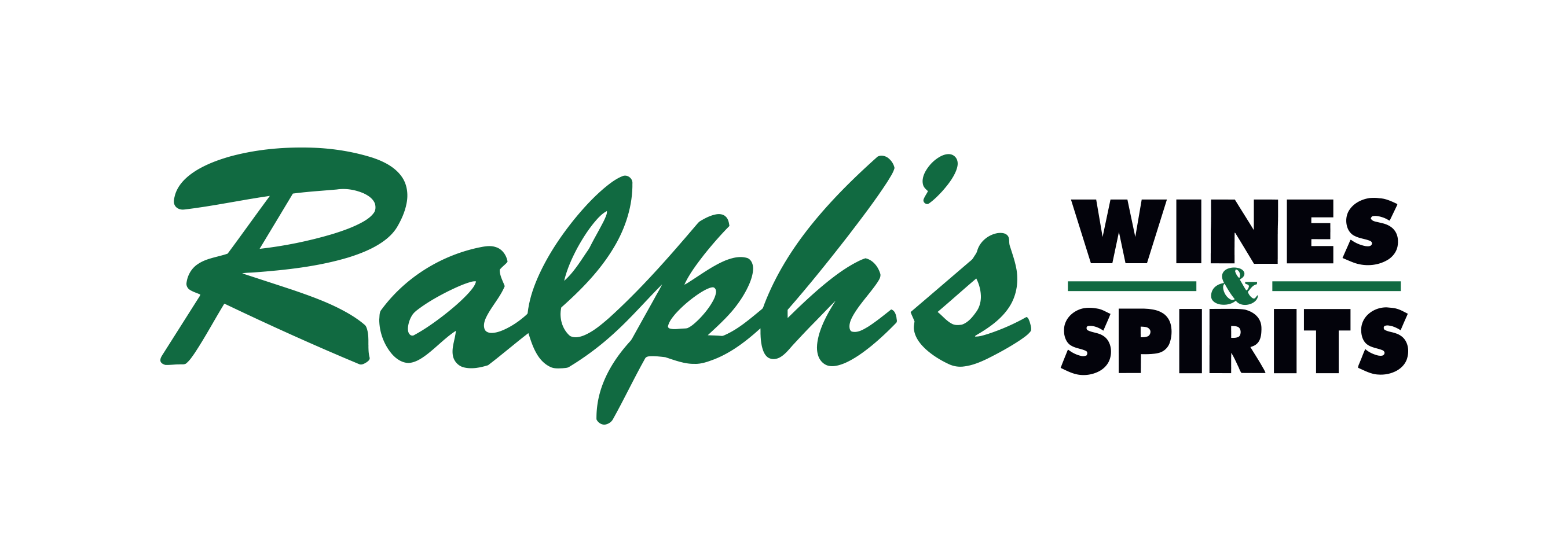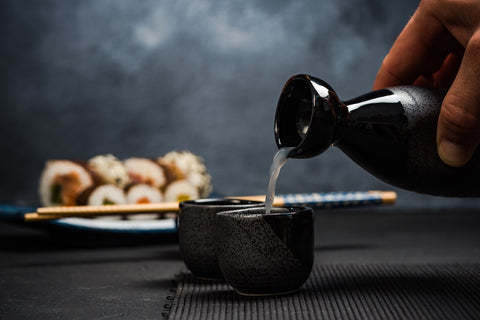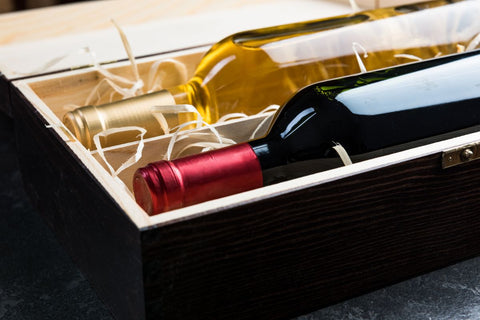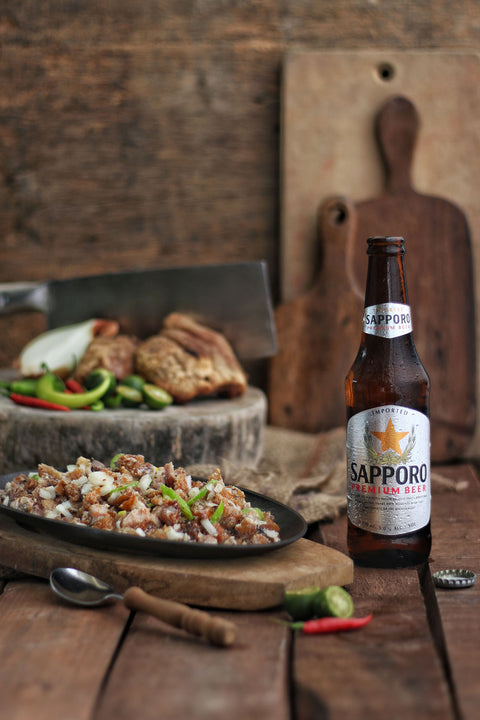What are the Japanese sake regions?
- Akita
- Niigata
- Fukushima
- Yamagata
- Hiroshima
- Kyoto
- Nada
- Yamaguchi
Tried one sake, you’ve tried them all, right? But this couldn’t be further from the truth — the world of sake is much like wine, wherein the ingredients are few yet the variables are many. These variables, such as region, affect the character of the resulting sake greatly.
In this post, we cover some of the best sake regions in Japan, and what characteristics distinguish different regional sake apart from each other.
Note that it is not as distinct as the regionality expressed in wine. Many regions have very apparent styles thanks to their surrounding environment. Other regions have no real thread of similarity running through the various sake produced within the area.
Despite that, there are plenty of general regional styles that make this topic interesting and worth studying for all the budding sake enthusiasts out there.
Akita
The weather of Akita tends to be cold and harsh, particularly in winter — hence their tradition of hearty, bold-tasting dishes. Such rich flavors created the need for a bold sake to match, which is what the regional style of Akita leans towards.
Akita breweries can create such characteristics thanks to their abundant water supplies, high-quality rice, and AK-1 (Akita flower yeast). With these ingredients. Their sake has a strong aroma, tight and compact body, and balanced flavors.
Niigata

Niigata is situated between the sea of Japan and the inland mountains. This environment receives sea breeze over the fields in the day, and cold mountain air at night. This is the perfect combination to encourage good rice growth and fight off pests and disease. Fresh mountain water — rich in calcium and minerals — also flows down towards these fields. The result of this synergy is smooth, clear, and subtly flavored sake.
Niigata is home to many breweries that create the pristine and clean-tasting sake the region is known for — like Hakkaisan. This brewery uses the snowy climate to create their Hakkaisan Daiginjo, which boasts a famously clean and exceedingly smooth character.
Fukushima
Fukushima has one of the longest histories in the country as a sake region, with many breweries dating back over three hundred years. These breweries share heavily guarded trade secrets amongst themselves to better produce quality sake.
The climates amongst this prefecture vary greatly, resulting in different characters — Aizu-Wakamatsu is a mountainous area that is known for their richer, umami-and-sweet flavored sake, while Hamadori is a coastal area that typically produces light and refreshing sake to match their seafood dishes.
Yamagata

The only region in Japan with a “geographical indication” for sake, which is a registered appellation that certifies their brews’ quality and origin. Aside from that, there are also labels called “DEWA33,” which indicate that the sake was made from 100% Yamagata-sourced ingredients, which means they carry the distinct flavors of the region.
But what is their style? The snowy mountains of the region supply brewers with plenty of highly mineral water, which helps in creating their sake’s crisp and sharp profile. We suggest trying the Tatenokawa Seiryu 50 Junmai Daiginjo. The Tatenokawa brewery was the first in the region to dedicate themselves to producing Junmai Daiginjo class sake — and this dedication shines through in their sake. Dry, clean, and light — this is a great drink to try.
Hiroshima
Hiroshima’s style is attributed to Senzaburo Miura — the “father of Hiroshima Sake.” In 1868, he founded a unique method of brewing sake, which used the region’s soft water. The resulting brew was more mellow and gently aromatic than other regions were producing, and quickly became the trademark of Hiroshima.
Combine this method with Hiroshima’s high-quality rice and renowned Hiroshima Ginjo yeast, you have consistently great sake. When you taste their brews, you can expect the character to be soft and slightly sweet overall.
Kyoto

Kyoto is another traditional region for sake brewing — it’s also the second-biggest producer in the country. The Fushimi prefecture in Kyoto has a particularly rich sake legacy. It’s a stone throw away from the Horikawa River, which meant sake cargo could flow freely out of the area. On top of that, it has a rich supply of pristine Gokosui underground spring water, which is integral to its brew.
One of the biggest brewers in Japan, Gekkeikan, calls this region home. Their sake generally boasts a soft, mildly fragrant, and elegant taste — some may describe it as “feminine.” Of their collection, we recommend trying their Gekkeikan Traditional Sake, which features mellow flavors and natural aromas.
Nada
The Nada region is considered blessed with many geographical advantages that make it a prime location for sake brewing. It’s close to great rice-growing areas, the cold and mineral-rich Rokko mountains, and high-quality water known as “Miyamizu.” Nada is home to several historic sake breweries – many of them dating back to the 1700s.
All of these advantages contribute to Nada’s characteristic style — a drier sake that is sturdy, less aromatic but more even-keeled. In comparison to Kyoto’s style, this would be considered more “masculine.”
Yamaguchi

Situated in the extreme west of mainland Japan, and bordered by three different seas, Yamaguchi is a region dominated by seafood-centric cuisine. To complement local tastes, breweries focused on creating full-bodied, umami-packed, and aromatic sake. But in recent years, some breweries have deviated and released lighter styles.
From this region, a must-try is from Dassai brewery — the Dassai 23 Junmai Daiginjo. Dassai makes their sake purely with Yamada Nishiki rice, often called "the king of sake-making rice." To create their iconic Dassai 23, this high-quality rice is polished down till 77% of its outer surface is removed, which results in a delicate and smooth sake, with floral aromas and an elegant finish.
Key Takeaway
This is not an exhaustive list of the different regional sake you can find from Japan — There are over a thousand sake breweries across Japan, from Hokkaido all the way down to Okinawa, each with unique brews.
While the regional differences in sake may not be as pronounced as what you may experience with wine, it still makes tasting what each region has to offer an interesting experience. Interested in checking out more sake? Take a look at Ralph’s Wines & Spirits’ sake collection here.



